Local Recycling Guide: Power Purchasing Impact
Unleash Your Purchasing Power: A Comprehensive Guide to Local Recycling Options in Your Area
Are you tired of seeing single-use products filling up landfills? Do you want to contribute to sustainability and conserve resources, but you’re not sure how to start? Don’t worry, there are practical steps you can take to make a difference. One of the most impactful ways is to make smarter purchasing decisions. However, it’s crucial to also understand how to recycle effectively in your local area. In this blog post, we’ll provide you with valuable tips on how to harness your purchasing power and local recycling options in your area. By following these strategies, you can become more mindful of your purchases and help reduce waste in your community.
Eco-Friendly Shopping: Recycling Guide
The power of recycling and reusing in living an eco-friendly lifestyle while reducing waste in landfills. By recycling, we transform discarded materials into new products, while reusing gives a fresh purpose to items that would otherwise be thrown away. Not only do both practices have numerous benefits for the environment, but they also contribute to our economy.
A key advantage of recycling and reusing is the conservation of natural resources. By recycling materials like paper, glass, and plastic, we reduce the need for extracting and processing raw materials, preserving resources such as timber, water, and minerals.
Moreover, recycling and reusing play a significant role in reducing greenhouse gas emissions and combating climate change. The production and transportation of new goods consume vast amounts of energy. By opting for recycling and reusing, we decrease the energy necessary to create new products, resulting in decreased greenhouse gas emissions from power generation and transportation.
Another compelling reason to embrace recycling and reusing is their ability to reduce landfill waste. Not only are landfills unsightly, but they also contribute to significant greenhouse gas emissions. When organic waste like food and yard waste decompose in landfills, they produce methane, a potent greenhouse gas that is 25 times more harmful than carbon dioxide.
Finally, recycling and reusing have the potential to create jobs and stimulate economic growth. Industries focused on recycling and reusing require employees for collecting, sorting, processing, and transporting used materials, generating job opportunities and economic stimulation in local communities.
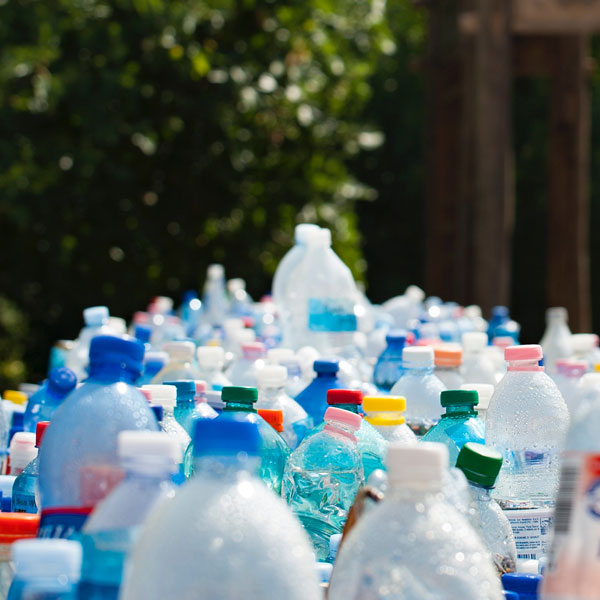
Recycling Company Near Me
How to Reduce Waste at Home with Smart Purchasing Decisions
Did you know that reducing waste at home not only benefits the environment but also puts money back in your pocket? The good news is, making smart purchasing decisions can have a big impact on minimizing waste in your home. Here are some key tips to get you started:
- Mindful Packaging: When selecting products, go for minimal or recyclable packaging. Packaging is a major contributor to household waste, so buying in bulk or choosing items with refill options can help reduce excess packaging.
- Quality Matters: Invest in high-quality, durable products that will last. Cheap, low-quality items break or wear out quickly, leading to more waste. By choosing quality over quantity, you’ll save money in the long run and reduce the need for replacements.
- Meal Planning: Food waste is a significant contributor to household waste. To reduce food waste, plan your meals in advance and only buy what you need. Properly storing food can also extend its shelf life, minimizing waste further.
- Second-Hand Shopping: Consider buying second-hand items to give them a new lease of life. Shopping second-hand helps keep items out of landfills and reduces the demand for new products, making a positive impact on waste reduction.
Local Recycling Centers: Your Comprehensive Guide
Ready to embrace a greener lifestyle? Recycling is a crucial step, and finding nearby recycling centers doesn’t have to be overwhelming. Our comprehensive guide makes it easy, serving as your go-to resource for eco-friendly waste disposal.
When searching for recycling centers, remember that each center has its own specific list of accepted materials. Some may only take certain plastics, while others accept a wide range of items from paper to electronics. So, before you head out, do some research to determine what materials you need to dispose of and where they can be taken.
There are three main types of recycling centers: drop-off centers, buy-back centers, and curbside recycling programs. Drop-off centers are conveniently located in parking lots or community centers, allowing you to simply drop off your recyclables without sorting them in advance. Buy-back centers offer incentives like cash for specific materials, such as aluminum cans or glass bottles. And if convenience is your priority, check out curbside recycling programs, where recyclables are collected from your home regularly.
No matter which type of recycling center you choose, it’s important to follow their guidelines for preparing materials. This may involve rinsing containers, removing caps and labels, and sorting items by material type.
By utilizing local recycling centers, you can make a significant impact on sustainability and waste reduction. With our resources and information, convenient and eco-friendly options are just a stone’s throw away in your own community.
Tips for Properly Recycling Hazardous Materials
Disposing of materials that require special recycling instructions can be confusing. Not all recycling processes are the same, and some materials need specific handling for safe disposal. To ensure you’re being environmentally-conscious and disposing of potentially harmful materials correctly, follow these tips:
- Look for Warning Symbols – Hazard symbols like skulls or flames on packaging indicate that the material requires special recycling. Ignoring these symbols can harm the environment and human health.
- Do Your Research – Certain materials, such as batteries, electronics, and light bulbs, have unique recycling techniques. Learn about these methods instead of relying on standard curbside recycling.
- Contact Your Local Recycling Facility – Before throwing away hazardous materials, check if your local recycling facility accepts them. They can provide specific instructions for safe disposal.
- Follow Manufacturer Instructions – Many manufacturers provide disposal or recycling instructions for their products. It’s important to follow these guidelines to ensure safe and proper disposal.
- Consider Special Recycling Programs – Sometimes, it’s best to use special recycling programs or hazardous waste collections. Your local government or recycling facility can inform you about these options.
By following these tips, you can dispose of materials safely, protect the environment, and promote human health.
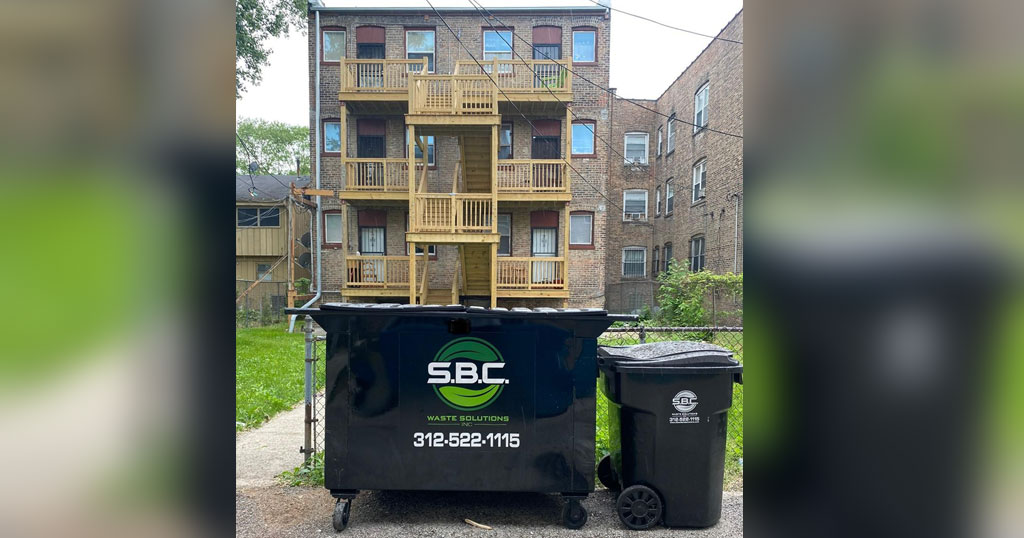
Recycling Services In My Area
Repurposing for Stylish, Sustainable Decor!
In our increasingly eco-conscious society, finding creative ways to reuse unwanted items around the house is all the rage. Not only does it minimize waste, but it also sparks imagination and saves you money. Get ready to be inspired with these five innovative ideas:
- Transform Old Clothes and Fabrics: Give outdated garments and fabrics new life as patchwork blankets, cushion covers, curtains, rugs, or even stylish bags. Not only will your home decor exude personality, but you’ll also help reduce textile waste.
- Repurpose Glass Bottles and Jars: Unleash your inner artist by transforming glass bottles and jars into stunning vases, candle holders, and alluring lamps. They’re also perfect for storing grains, herbs, and spices in a chic and practical way.
- Get Creative with Plastic Bottles: Discover endless possibilities by repurposing plastic bottles into birdhouses, self-watering planters, and even a hanging vertical garden. It’s a fantastic project for kids and a surefire way to have some fun while contributing to sustainability.
- Reimagine Pallets as Furniture: Turn ordinary pallets into extraordinary furniture pieces, like shelves, tables, or even a trendy bed frame. By sanding, painting, and polishing them, you can give your living space a unique and stylish touch.
- Master the Art of Recycling: Turn scraps of paper, cardboard, and wood into breathtaking artwork, such as collages, paintings, or sculptures. Not only will you save on waste, but you’ll also unleash your creative side and showcase stunning, one-of-a-kind pieces.
Join the movement to protect our planet for future generations! Take action now by making eco-friendly purchases, reducing waste, and recycling properly. Don’t stop there – get creative by repurposing used materials into unique art projects and decorations. Boost your impact by supporting local recycling centers. Every small effort makes a big difference. Let’s go out there, make a positive future, and save the planet together!
https://www.google.com/maps?cid=4180240075447051620

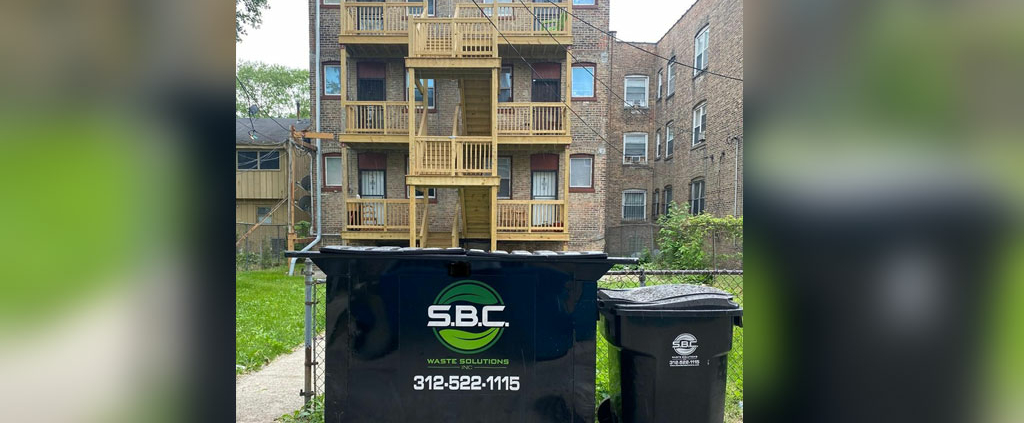
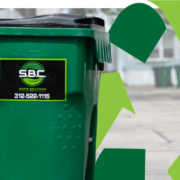

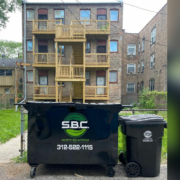
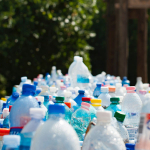

Leave a Reply
Want to join the discussion?Feel free to contribute!